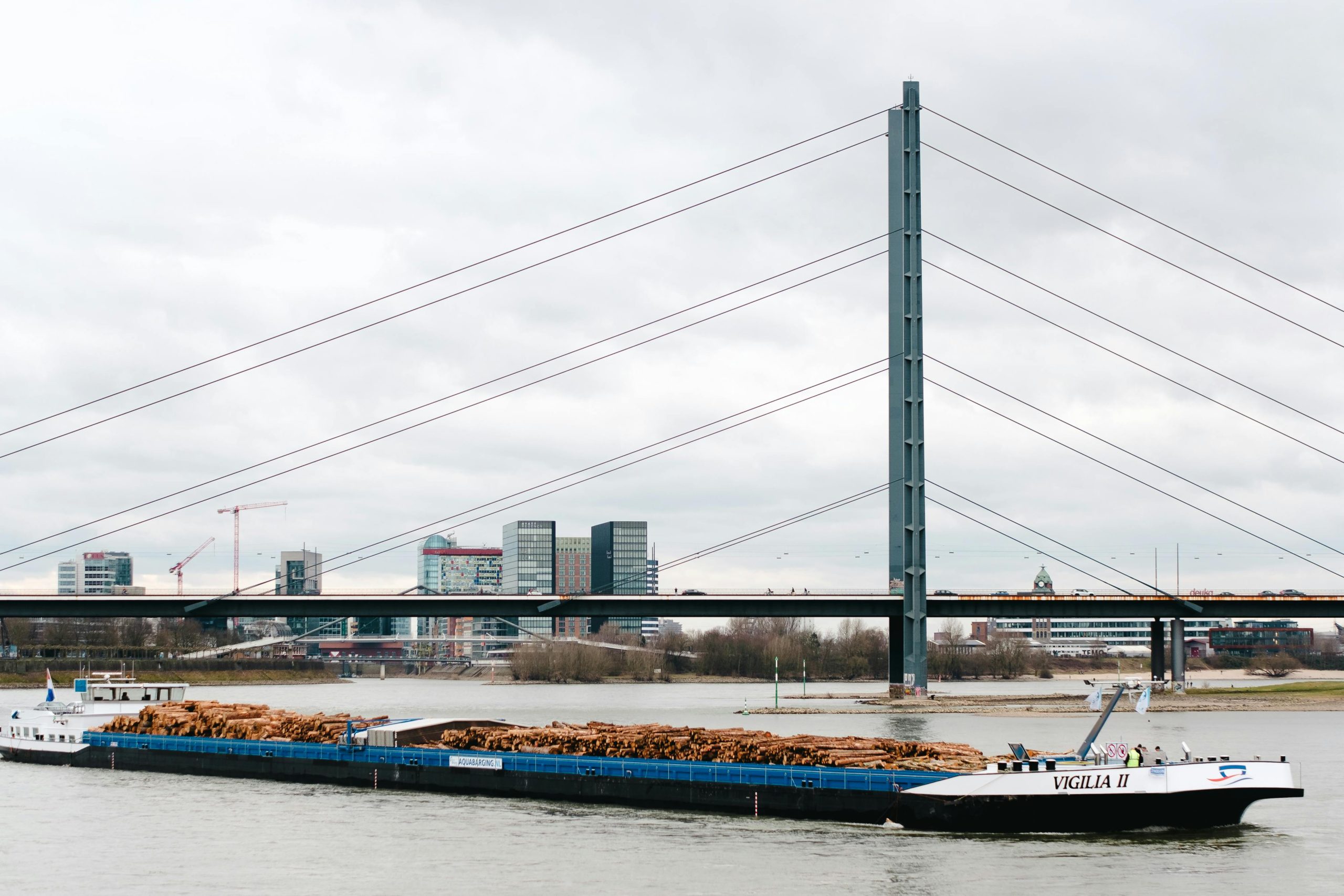The Future of Cross-Border VAT: Key Insights for 2025
Cross-Border VAT is continuously adapting in the realm of eCommerce. With every international venture, businesses face an increasing number of VAT complexities. As we look toward 2025, let’s explore the trends and facts that will shape the future of Cross-Border VAT.
How Does eCommerce Growth Impact Cross-Border VAT?
The eCommerce sector is expected to experience substantial growth in 2025, driven by rising consumer demand and advancements in digital infrastructure. This expansion brings both opportunities and challenges for companies engaging in cross-border trade.
- Increased Compliance Requirements: As countries tighten VAT regulations to enhance tax revenue from digital sales, organizations must stay informed about legal updates in each jurisdiction.
- Digital Services: The surge in the popularity of digital products and services will create a complex web of VAT regulations in this area.
Will IOSS Become the New Standard for Global eCommerce in 2025?
The EU’s introduction of the Import One-Stop-Shop (IOSS) in 2021 has streamlined VAT compliance for businesses selling to European consumers. But could IOSS set a new global standard for eCommerce by 2025?
- Adoption of Similar Models: The success of IOSS may inspire other regions to develop simplified VAT schemes that facilitate cross-border transactions.
- Regulatory Harmonization: Global efforts to align VAT regulations could help make compliance less overwhelming for businesses.
While IOSS is limited to the EU, its principles might influence broader global practices, alleviating the compliance burden for eCommerce players worldwide.
What Role Will Technology Play in VAT Compliance?
Advancements in technology will be pivotal in enhancing Cross-Border VAT processes. Automation and sophisticated tools are already reshaping how businesses manage their VAT responsibilities.
- AI and Machine Learning: These technologies can identify compliance risks and provide real-time updates on regulatory changes.
- VAT Compliance Software: Automated calculation, filing, and reporting tools are essential for companies operating in multiple jurisdictions.
- Blockchain Solutions: The transparent and unalterable nature of blockchain may be utilized for accurate VAT tracking, reducing the potential for fraud.
Organizations that leverage these technologies will gain a competitive advantage in efficiently managing their VAT obligations.
What Challenges Will Businesses Encounter in 2025?
Despite the promising future, businesses must be prepared to navigate several challenges in Cross-Border VAT compliance:
- Regulatory Diversity: Variations in VAT rules across different jurisdictions pose significant challenges for internationally operating businesses.
- Rapid Changes: Regulatory updates can arise unexpectedly, requiring immediate action.
- Data Integrity: As technology becomes central to operations, maintaining data accuracy will be paramount.
How Can Businesses Prepare for the Future of Cross-Border VAT?
To successfully navigate the evolving landscape of Cross-Border VAT, businesses should consider the following strategies:
- Invest in Training: Keep your team informed about current VAT regulations and their implications.
- Build Scalable Solutions: Implement VAT compliance software that can adapt to changing requirements.
- Collaborate with Experts: Partner with VAT consultants to stay ahead of fluctuating regulations.
- Monitor Global Trends: Stay updated on international developments to anticipate future changes.
Being proactive now is key to thriving in the complex world of VAT tomorrow.
Final Thoughts
The future of Cross-Border VAT is driven by innovation, regulation, and global collaboration. As eCommerce continues to advance, new VAT challenges and opportunities will emerge. Technology will empower businesses to remain agile, and upcoming trends will soon become the norm.
As we approach 2025, brace yourself for changes that will reshape Cross-Border VAT.

One response
This post provides a comprehensive look at the evolving landscape of Cross-Border VAT as we approach 2025. The insights shared are particularly relevant as businesses navigate the complexities of international eCommerce.
The impact of eCommerce growth on Cross-Border VAT is undeniable. As global online sales increase, companies must stay vigilant about compliance requirements in different jurisdictions. Your point about the rising complexity of VAT regulations is spot on, and it highlights the need for businesses to invest in technology and training to keep up with these changes.
The potential evolution of the IOSS as a global standard is an interesting notion. If similar models emerge worldwide, it could significantly simplify compliance for businesses operating across borders. This alignment of VAT regulations could pave the way for a more streamlined process, thus fostering greater international trade.
Moreover, the role of technology cannot be overstated. Technologies like AI and blockchain have the power to transform how VAT compliance is handled, making it more efficient and accurate. As you mentioned, businesses that leverage these tools will likely maintain a competitive edge.
The challenges of regulatory diversity and constant change are indeed formidable. It’s crucial for businesses to not only stay informed but also to be agile in their VAT strategies. Your suggestions for preparation—investing in training, building scalable solutions, collaborating with experts, and tracking global trends—are excellent ways for organizations to position themselves for success.
In conclusion, navigating the future of Cross-Border VAT will require foresight, adaptability, and a proactive approach. As we look ahead to 2025, embracing both the challenges and opportunities will be key for businesses aiming to thrive in the international marketplace. Thank you for sharing these insightful observations!